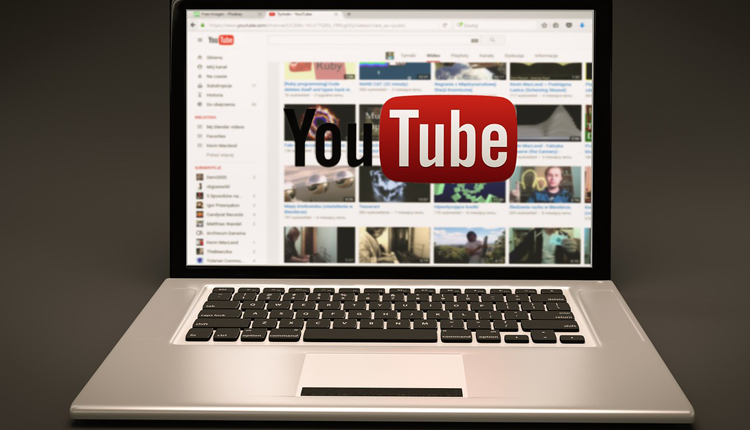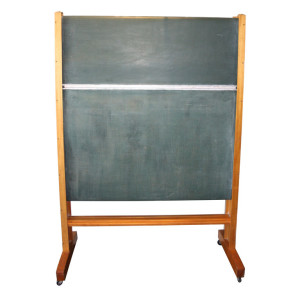Here are 6 Strategies for using Video clips in the history classroom.
I have recently updated this post as I think it is a relevant as ever.
Many of these approaches could enhance any history curriculum.
YouTube is such a fantastic resource that when you take a step back it is almost impossible to comprehend.
If you’d have told me 20 years ago that I could type a few words into a computer that was attached to my black board (yes I had a whirly one that went right around) and find tens, if not hundreds of short film clips on any topic I taught, I would have looked at you as if you had just escaped from Bedlam.
Back in the day it was brave teacher who used video in class. It was akin to running some kind of dangerous gauntlet – a Total Wipe-Out experience of the electronic kind, only harder and much less forgiving.
I eventually gave up using films in lessons. That is, until digital clips came to us in the early noughties. There were some great CD / DVD sets that were available.
Now we have YouTube and a whole host of other online video clip libraries. Any historical topic you need is there. Its just a bit of a shame that no one is running training in how to use film clips to maximum impact in the history classroom. Often teachers just ask the kids to watch the clip. We can do so much better.
Below are 6 different approaches that you could try
6 strategies for using Video Clips in the history classroom
Clearly film can be used a hook, to engage your class, to provoke or to to pose a question as this clip does. Or you use it to create a hypothesis as this brilliant clip does just before the end.
Or, you can use film as an information gathering exercise. The classic they watch and make notes about to the topic you are studying. We do this in our enquiry to compare if Orlando Figes faked his description of the October Revolution. We compare his account to the classic clip from Sergi Eisenstein.
But the often under used approach is to get your students to evaluate film clips in different ways. This is the classic crap detector approach. Study the causes of WW1, get your students to work out what is wrong with this clip before they improve it.
We have a great lesson on this.
The evaluative use of Video Clips
Another evaluative approach is to get your students to work out which side the film clip is on. So when studying the Berlin Blockade crisis they can watch two clips and decide who they blamed / supported before giving them more context.
Or, they could watch trailers to work out themes of a topic. What were movies from this period really trying to say about the Red Threat? The Invasion of the Body Snatchers could secretly be about a fear of a communism within.
Cold War movies lesson.
My absolute favourite, and one that works a treat with a GCSE interpretations focus, is get your students to evaluate and rate a number of clips on the same subject.
Teach a topic, say AQA Germany 1890-1914 on the Kaiser. Arm them with the knowledge they need (you could use decision maker lesson on this).
Then, when they are ready, compare 3 or 4 shortish film clips and ask the students to work out which would be best for teachers to use to teach this topic? Agree what it should include (ie the content the teacher needs to get across to the students), then agree what else makes a short film interesting – the style, the tone. Create a tick chart , then get em to watch and rate the films. Below we have chosen four.
Once they have decided which they think is best you can discuss provenance and purpose. Who made each one and why? By doing this you have just nailed how and why interpretations differ!
Clip 2:
Clip 3
You could easily apply this approach to any topic using video clips.
To access a whole host of free lessons and free resources, sign up as a basic member, here.





